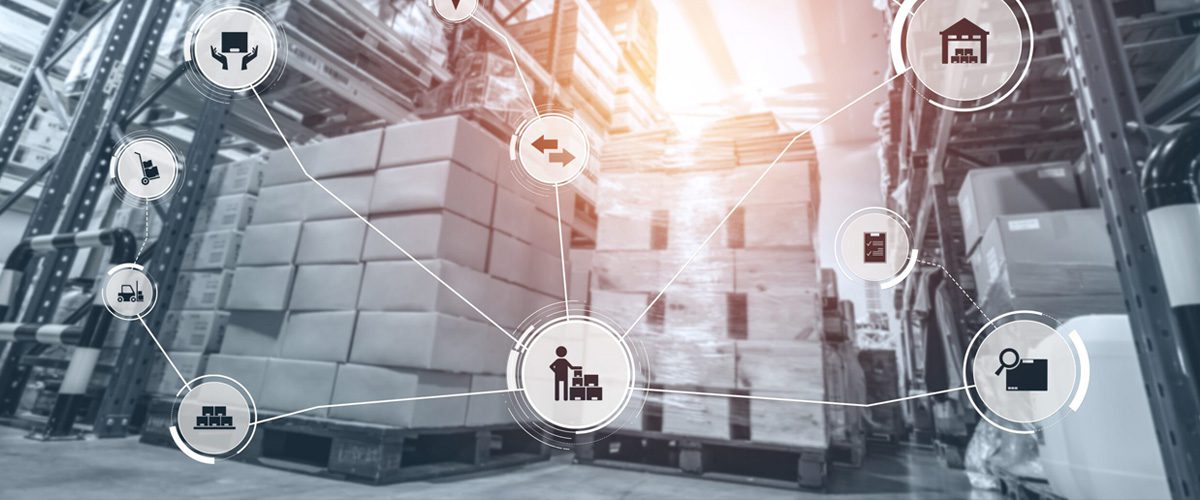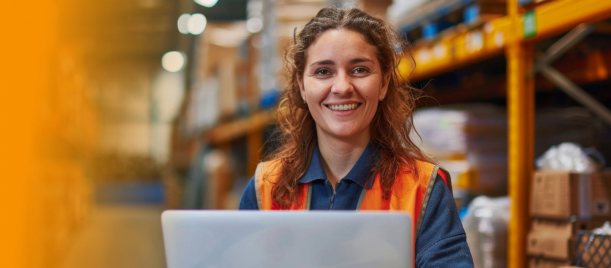Consumer retail is one of the biggest and fastest-growing segments worldwide. The rapid growth of consumerism and increasing disposable income levels has given rise to a consumer class with distinct preferences and a higher propensity for discretionary spending. The global retail market generated sales of over $26 trillion in 2021 and is forecast to reach over $30 trillion by 2024.
The rise of China as a global manufacturing center and the globalization of markets have played a key role in the rapid growth of the retail sector over the past three decades. As western corporations invested heavily in manufacturing facilities in China, international trade rose exponentially.
As countries in Asia progressed economically and technologically, they gradually developed a specialization in manufacturing certain products and thus integrated themselves into global supply chains.
This phenomenon has led to the rise of incredibly intricate supply chains, where sub-components are manufactured in various countries, assembled at a central facility, and then transported to markets in other countries. A steady shift in economic power from the Western countries to the Eastern hemisphere meant that Asian countries now also constitute an important consumer market.
The consequent increase in the number of international trade transactions implies a greater need for services such as customs clearance, complying with documentary formalities, and drayage.
Supply Chain and Logistical Challenges Faced by the Consumer Retail Sector
The globally interconnected supply chains pose unique challenges for the consumer retail sector, which have far-reaching implications for businesses and consumers alike.
Some of these challenges are:
1) Forecasting future demand and managing inventory levels: Given the numerous markets and submarkets that corporations cater to and the diverse macro and local level factors that impact developments, forecasting future demand and planning production capacity accordingly is challenging. This, in turn, raises concerns regarding maintaining inventory at optimal levels and avoiding carrying excess inventory while ensuring that potential sales are not lost due to understocking.
2) Global supply chain disruptions resulting in unreliable transport schedules and unpredictable delivery times: Global supply chains were roiled by Covid-induced lockdowns, subsequent capacity shortages, and port congestion from 2020 onwards. While the situation has eased somewhat in 2023, disruptions are now witnessed due to shipping companies endeavoring to remove excess capacity through tactics such as blanking sailings or curtailing services.
Consequently, sailing schedule reliability dropped to abysmal levels in 2021, and though having improved over 2022, it is still far below historical levels. Due to this, we have witnessed extreme variability in delivery times. At the peak of the supply chain disruptions, delivery times on the Asia-North America trade more than doubled to 120 days, from the pre-Covid average of 60 days.
3) Escalating Operating Costs: The inflationary pressure exerted by various elements of the supply chain has caused operating costs to escalate, unfortunately coinciding with a period of slackening consumer demand.
A major container carrier reported a 12.9% increase in transport costs during 2021, which most carriers will attempt to pass on to the exporters.
Shipping companies are also staring at higher costs of compliance with environmental regulations aimed at promoting the usage of clean fuels, which will ultimately percolate down to customers in the form of bunker fuel surcharges.
4) Labour issues and productivity constraints in overseas facilities: An inevitable consequence of shifting production overseas is the dilution of control over manufacturing processes and facilities. Companies face risks arising from lower productivity levels due to insufficiently trained staff, lack of quality infrastructure, and absence of direct oversight.
Labor issues are also bound to creep in, potentially adversely impacting production levels and disrupting the flow of finished goods to consumer markets. A case in point was the employee protests at an iPhone manufacturing facility in China, where employees resorted to violent protests, slowing down output considerably.
5) Delivering customer value: The net result of all the above mentioned challenges is a sub-optimal customer experience, where the company cannot deliver the promised value to consumers. In such a scenario, the company can face significant revenue losses, missed sales opportunities, and an erosion in its brand image.
What KlearNow can offer the Consumer Retail sector
KlearNow plays a vital role in bridging the consumer retail-Customs gap by introducing the concept of smart logistics. KlearNow’s patented digitized logistics solution helps importers streamline the retail logistics process.
KlearNow’s automated workflow processes are aimed at tackling the “Lean” categories of waste, such as reducing defects and waiting times, eliminating over-processing, and minimizing excess motion.
KlearNow can assist in automating Customs clearance formalities through machine learning. Utilizing KlearNow’s patented AI-based technology enables process digitalization and automated workflows throughout the entire customs documentation and entry filing process while also providing 100% transparency to stakeholders.
In the latest initiative to enhance its service offering, KlearNow has partnered with project44 to augment its real-time visibility platform, providing actionable information to improve inbound manufacturing, planning, and scheduling efforts.
Specific functionalities and benefits of the KlearNow product
Some of the more notable functionalities of the KlearNow product and associated benefits are explained below:
1) End-to-End Supply Chain visibility: This includes visibility on documentation and information sharing, shipment status and Customs milestones (regardless of carrier/ forwarder/ mode of transport), and terminal-level visibility and Port Intelligence.
This helps timely and accurate sharing of relevant information with all parties, makes it possible to plan onward cargo movements in advance, and reduces demurrage and detention charges.
2) Smart Drayage for last-mile connectivity: KlearNow also allows importers to select a drayage partner weeks in advance. This helps the cargo owner to control costs and receive live ETA’s, thus reducing the probability of being stuck in supply chain bottlenecks.
3) Data ingestion: This involves creating digital assets using artificial intelligence and machine learning to complete and deliver customs entry filings. This helps ensure documents and data are accurate, comply with all statutory requirements, and are filed with authorities within stipulated timelines.
Conclusion
With increasing import volumes in countries across the globe and complex import and customs formalities to be followed, Customs clearance can be a cumbersome task, compelling importers to spend time and effort in ensuring compliance with Customs procedures.
This is effectively a non-value-adding activity, leaving importers less time to focus on their core commercial and operational activities.
In this situation, importers can leverage technological solutions, such as KlearNow, to optimize Customs clearance and other associated processes. The additional functionalities, such as real-time tracking and selecting drayage partners, greatly enhance the efficiency of supply chain planning and smoothen business flows.
Ready to revolutionize your supply chain? Contact KlearNow.AI for more information today!

